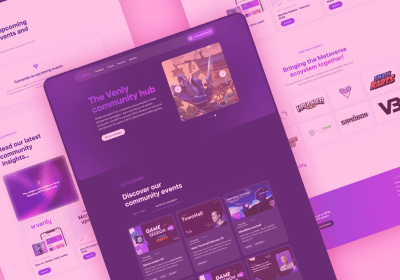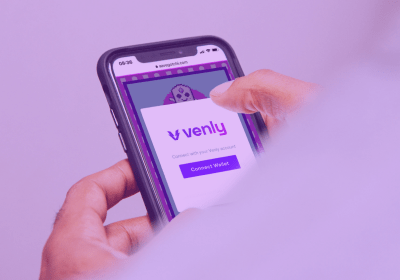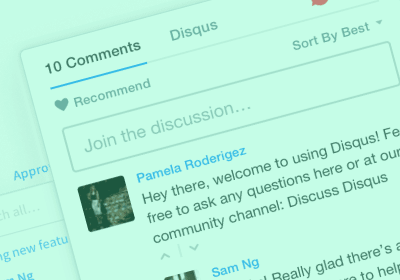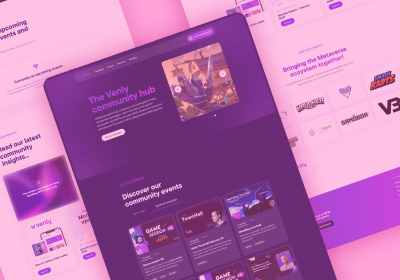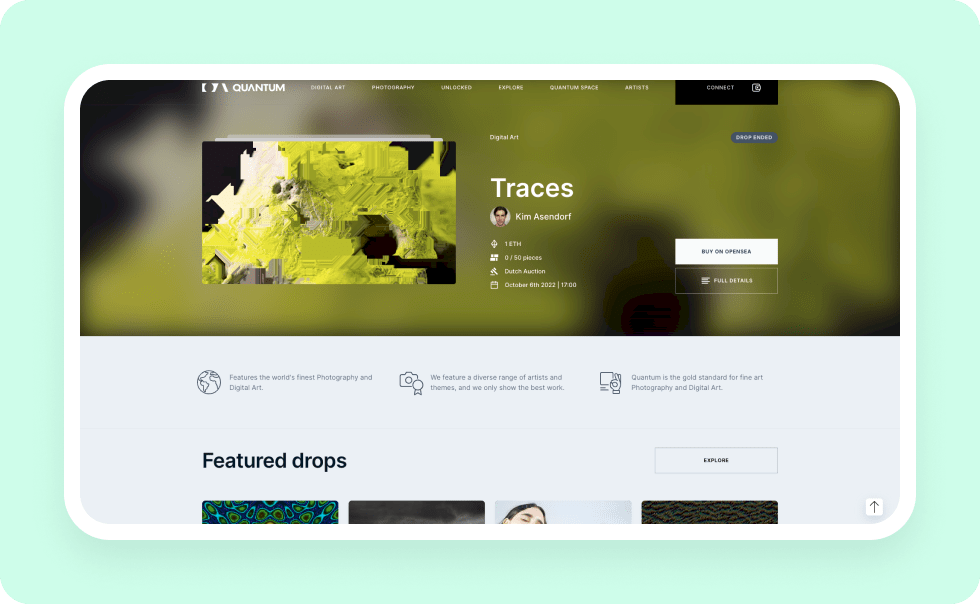When Colored Coins was created on the Bitcoin blockchain as early as 2012, it withered to a slow demise. The Colored Coins represented real-life assets on the blockchain. The technology was nascent, and there was not enough brainpower willing to solve its technical complications.
But that was then.
Even though Colored Coins was a huge failure as an experiment, it did lay the groundwork for NFTs, no matter how shaky it was. NFT fully exploded onto the scene in 2014 with Quantum, and the NFT minting websites haven’t looked back since.
This article is a brief primer on what an NFT minting website is and how you can get started with one without writing even a single code of line. Well, almost.
But before we dive into it, let’s get some basics out of the way, shall we?
What's an NFT
NFTs are non-fungible tokens. They are digital assets that represent unique digital goods or services, such as collectible items, game items, digital rights, and other scarce digital assets. These tokens exist on the blockchain technology as distant cousins to cryptocurrencies and can also be used as coupons, vouchers, or loyalty points.
NFTs are typically bought, sold, or traded, but they are also used to purchase digital goods or services from their issuer. Some NFTs might also allow users to trade them for other cryptocurrencies or fiat money. The application of NFTs is not limited to just cryptocurrencies; it’s also used in various industries like real estate and gaming.
But what makes NFTs truly amazing is their ability to generate passive income through NFT minting websites.
What’s an NFT minting website?
An NFT minting website provides you with tools to create unique digital assets in the form of NFTs and sell them in NFT marketplaces. Multiple parties can jointly own your newly minted NFT. You can trade, buy, or sell assets, and artists may receive a cut of future sales. Because of the nature of blockchain technology and the scarcity of NFTs, digital value preservation is generally safe.
But before you hop on the NFT gravy train, go through some of the popular NFT projects to find out what kinds of NFTs get hot.
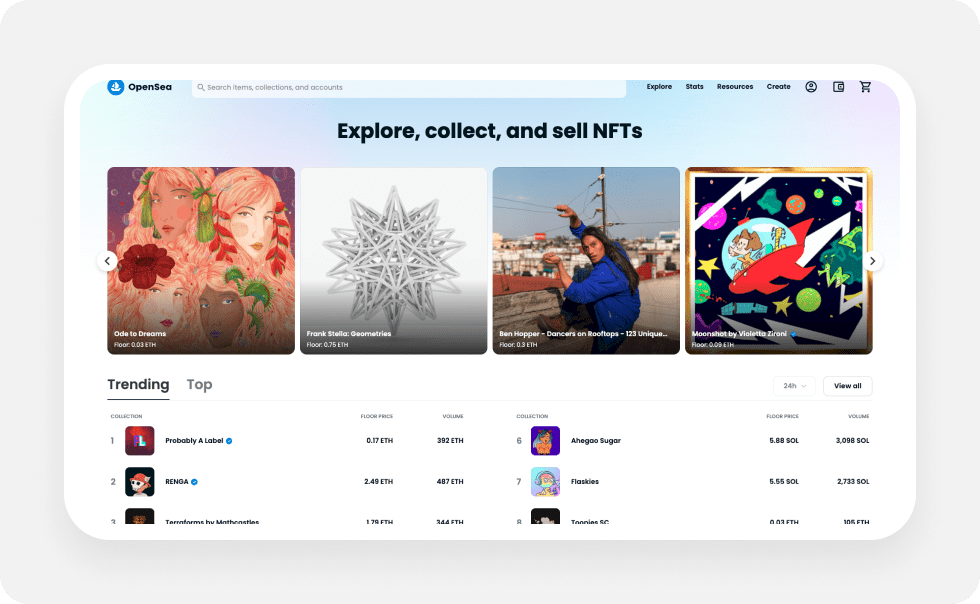
Where to find popular NFT projects?
The secret sauce to finding the best NFT projects is rarity. The rarer an NFT project is, the more popular it will be. Always remember that the dollar quotient of an NFT project always has a direct correlation with its rarity.
OpenSea is the world’s largest NFT marketplace. You will find some of the hottest NFT projects, but it does a less than decent job of classifying projects by their rarity. To do that,Rarity.tools is a better bet. The site is completely algorithm-driven and gives NFT projects a “rarity score” by looking at the rarity factor in the project attributes. An NFT project’s properties, such as attributes, types, and editions—all influence the rarity score. Bring up the top dogs in the NFT projects and try to identify the properties that make them unique.
How to build an NFT minting website?
If you think that starting a site with NFT minting functionality has a reputation for requiring an advanced know-how of blockchain technology, we are telling you that’s not the case. The process is straightforward. All you need is:
A Web-hosting solution
MetaMask
Web3 integration for minting functionality
1. Web hosting solution
Customers who are going to mint their NFTs are going to need space to host their NFT pages. So, this is where you begin.
Look for a hosting solution that supports no-code deployment and also has support for NFT functionality baked right into it. This ensures that you can get started with your NFT minting website quickly and with a minimum of fuss.
2. Integrate MetaMask
Your minters are going to need a non-custodial wallet that offers them full control over their assets—one that supports the Ethereum blockchain. And MetaMask is one of the best in the business out there. MetaMask will give your customers a way to buy Ether (ETH) tokens and use them to mint NFTs. It’s worth noting that tokenizing on the ETH blockchain typically involves high gas fees. However, it does offer a wider reach, so the trade-off is worth it—not just for you but for your minters.
3. Web3 integration to enable minting functionality
The Web3 is a decentralized application platform that was developed by the Ethereum Foundation. It is blockchain-based and allows users to develop, deploy, and manage decentralized applications. The minting functionality of Web3 is where people are able to issue their own digital assets for use on the platform, including tokens, stablecoins, or NFTs.
It’s this Web3 integration that enables minting functionality, which helps companies build their own blockchain-based systems. NFTs minted through Web3 do so through smart contracts (we’ll get to this later), and they are made without any third-party involvement.
At the minimum, your hosting service must have the following 3 features on minting pages:
Connecting to the wallet
Minting
Smart Contracts:The deployment of a smart contract is the process of validating the transaction on a blockchain by consensus between the nodes. Your minters will appreciate the ability to create smart contracts without writing any lines of code.
Your NFT minting platform should also include information about the NFT artist, the NFT value, the owner's history, the authenticity of the NFT, and other important details. Pay close attention to the design details as well. It is the first thing your users will see, so make it as appealing as possible. Choose an aesthetic that is consistent with the NFTs platform's features and functionality.
Adding the necessary plugins will make processes like user registration, NFT minting, and wallet connection easier. This will also improve the efficiency of your website and simplify the process of minting.

